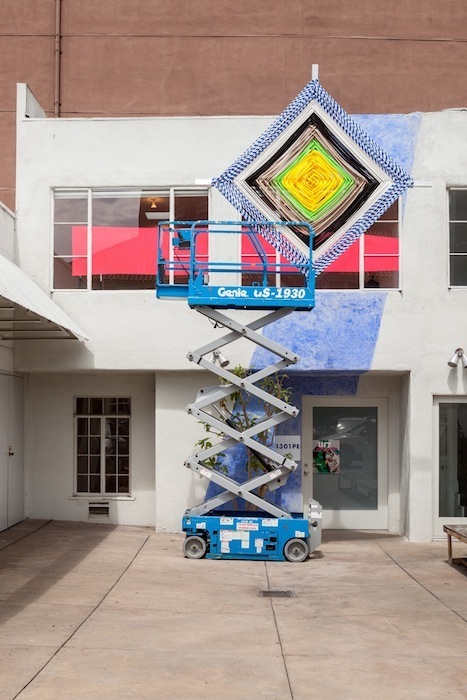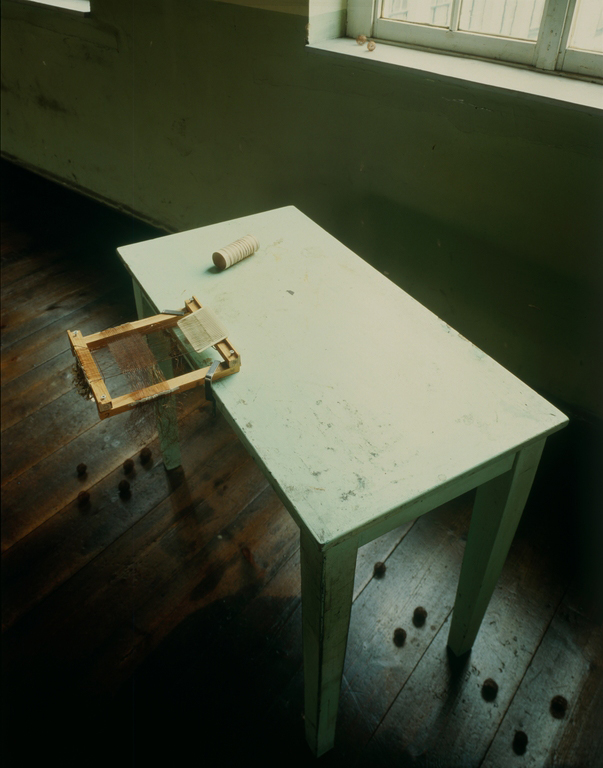When we speak we use the words, phrases and metaphors in which the production of thread and cloth have insinuated themselves. The words ‘line’, ‘lining’, ‘lingerie’ and ‘linoleum’, for example, are all rooted in the word linen. For most people, who know little of the practical business of turning the stems of flex into thread or conjuring damasks from a skeletal warp on a loom, these linguistic motifs could seem little more than empty shells washed up on a beach; a pallid reminder of something greater, richer, only half understood today but worth our curiosity.
The Golden Thread: How fabric changed history – Kassia st Clair
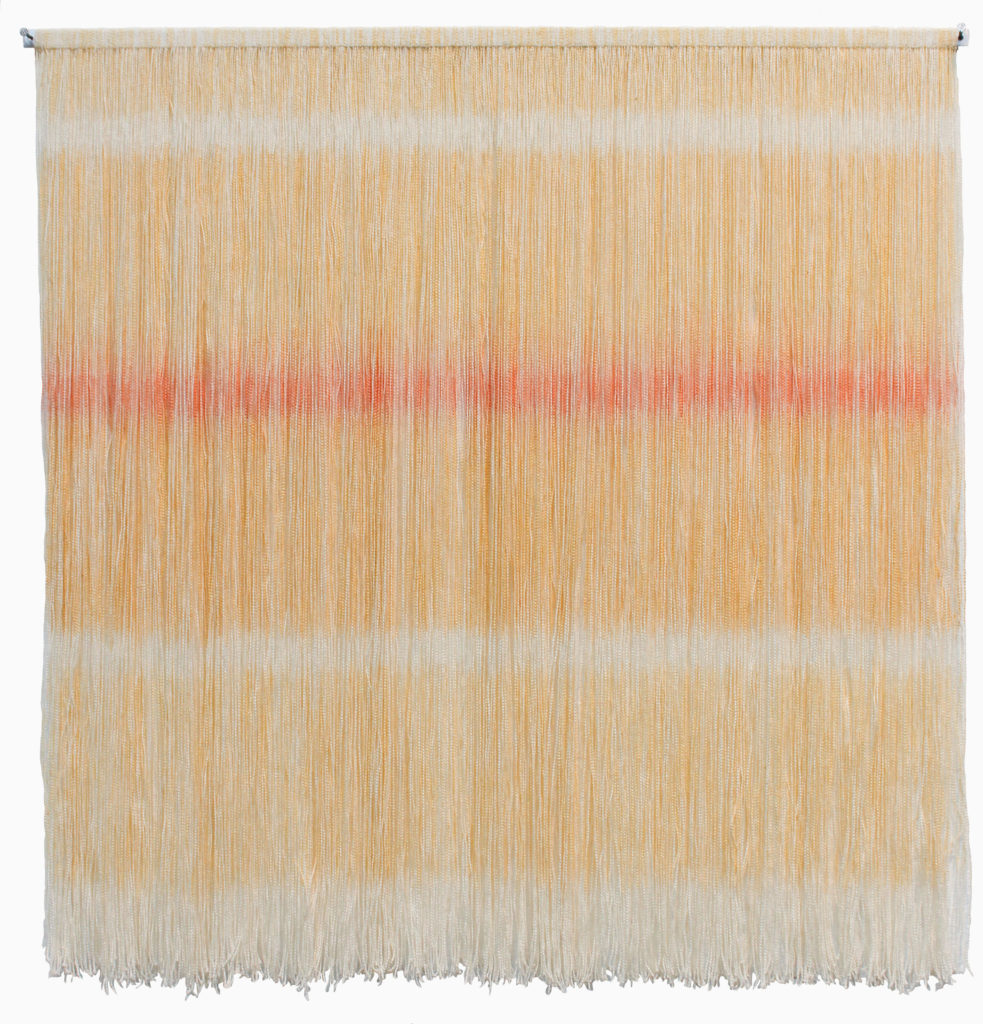
Lucia Dorhmann, Thread Painting Series (Y_YvY_Y), 2019. 25 x 25 cm, acrylic on canvas, aluminium bar, unravelled, knotted.
You will be able to book tickets from 9:30am on Monday 30th January.
Book here.
Lecturers: Elizabeth Pulie and Jacqueline Bradley
Location: NAS Sculpture Studios, Building 11
Textiles are ubiquitous. They make up a part of almost all our experiences with the surrounding world. They surround our bodies, they fill our beds, line our homes and hold our possessions. Their history and production are tied to our economy, our social and cultural structures and our politics. Over the four days of this course we will explore the potential for textile use as a material and conceptual starting point for drawing and making, unpacking some relevant histories and ideas and drawing on the vast canon of textile work within contemporary and historical art contexts.
On the first day the class will be introduced to relevant artists and some of the complex ideas that are explored through the use of textiles in contemporary practice. The group will participate in a formal exercise investigating the construction of textiles and the relationship of line, thread, surface and trace within a piece of fabric (see Ingold text below). In the afternoon there will be individual discussion of potential ideas and approaches for self-directed activities.
The following two days will focus on self-directed work using textiles and exploring the possibilities inherent in these materials and processes. Students will bring their own materials and will be supported and challenged to develop new directions in their work and expansive approaches to textile practice
The class will culminate on the final day in an installation of the developed works in the space and discussion of the outcomes as a group.
Please note, this course is not a technique-based class, but rather an experimental approach to using textiles as a drawing material. Sewing machines and relevant equipment will be accessible, however the class does not focus on teaching these skills. Elizabeth and Jacqueline are both artists working in textiles and are happy to discuss individual student projects and advise on technical and conceptual elements.
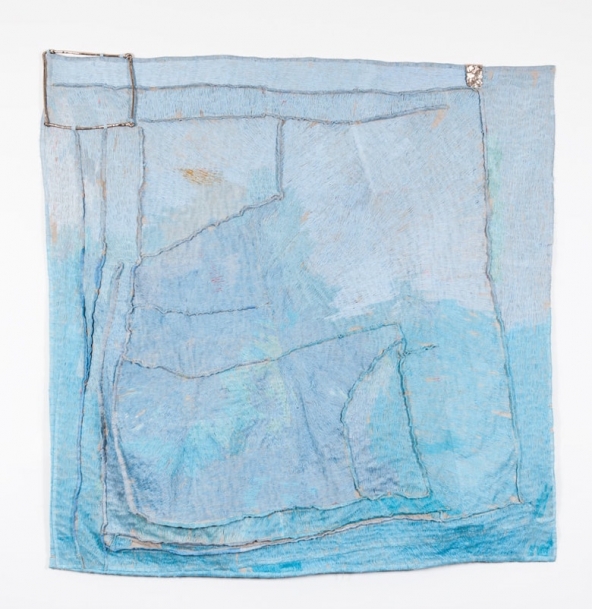
On a recent ferry crossing from Norway to Sweden I observed three ladies sitting around a table in the ships lounge. One was writing a letter with a fountain pen, the second was knitting and the third was using a needle and thread to embroider a design from a pattern book upon plain white fabric. As they worked, they chatted among themselves. What struck me about this scene was that, while the life-histories of the three women were momentarily entangled in their conversation, the activity in which each was engaged involved a different use of the line and a different relation between line and surface. In her writing, the first was inscribing an additive trace upon the surface of the page. The second had a hank of wool beside her, but as she worked, threading the wool through her fingers, and picking up the loops with her knitting needles, she was turning the thread into an evenly textured surface. For the third, the embroiderer, the surface was pre-prepared, as indeed it was for her friend the letter writer. Yet like the knitter, she was threading her lines, not tracing them.
Watching these women at work, I began to reflect on the similarities and differences between writing, knitting and embroidery. It occurred to me that, while as a form of trace making writing is equally opposed to embroidery and knitting which both work with threads, these latter two are also opposed to one another, the knitter binds her lines into a surface, upon which the original threads now figure as traces, namely in the regular pattern of their entwining. The embroiderer, to the contrary, starts with traces on a surface, as on the page of her pattern book, but in her activity with the needle she translates those traces into threads. In doing so, moreover, she contrives to make the surface of the fabric disappear. For when we look at the embroidered cloth, we see the lines as threads, not traces, almost as though the cloth had itself been rendered transparent.
Lines: A Brief History – Tim Ingold
Provided materials for day 1 project: calico, pins, cotton, swing machine, pencils, chalk, rulers, scissors
Students will need to bring their own materials for their self-directed projects on days 2, 3 and 4. These could include fabrics, threads, fibres, clingwrap, wool, carpet, found clothing, rope, flyscreen, hair etc.
Please bring a sketchbook to draft ideas and a phone/camera to document your work
Aims:
1. To introduce students to textiles as a material starting point for a conceptual investigation.
2. To develop skills in devising an approach to making, and managing a self-directed project – i.e. students will devise an approach to an idea/material/process, and explore how this might manifest in through the use of textiles.
3.To give students leads for their own research into the histories, legacies and practitioners of textile practices.
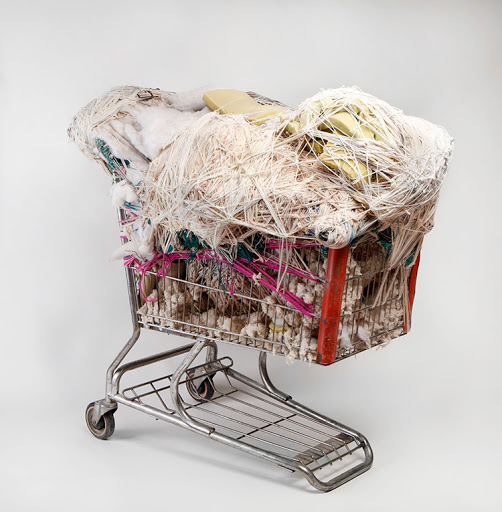
Lecturers:
Jacqueline Bradley’s practice spans sculpture, performance and photography. She is concerned with the role textiles and clothing play in mediating a relationship with the outdoors. Her work was recently discussed in Columbia Universities Climates: Architecture and the Planetary Imaginary, and she is currently working on a new project for the Unsolicited Proposals Unit, curated by Eleanor Scicchitano. Jacqueline is a lecturer in the Sculpture workshop at the National Art School
Elizabeth Pulie practiced for many years as a painter, turning to the use of textiles as a medium in
2013 with a series of works intended to pay homage to second-wave feminism. Pulie’s work
addresses contemporary art’s ontology via opening her studio work to a variety of media, alongside
an equal emphasis on a theoretical, discursive practice. Her work #37 (The Female Form II) (2013) is
currently on display at Sydney Modern as part of the AGNSW collection. Pulie is represented by
Sarah Cottier Gallery, Sydney, and is a painting lecturer at the National Art School.
